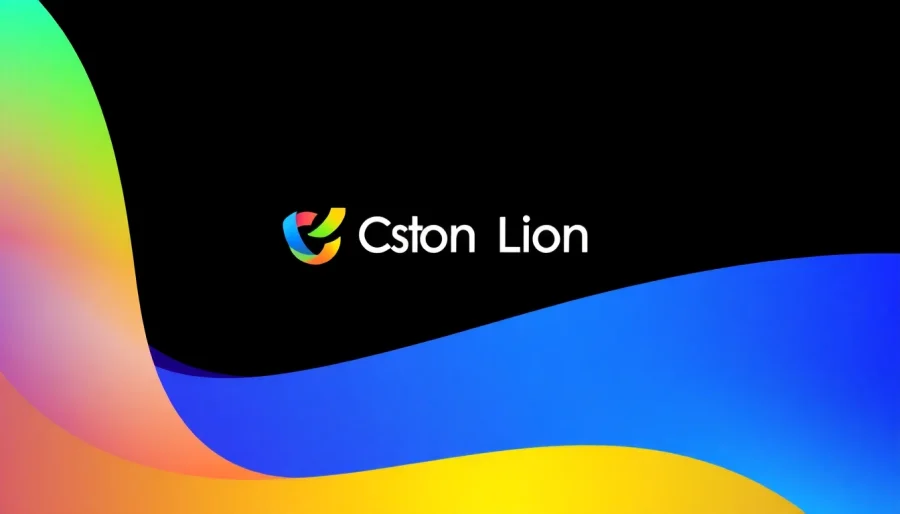Understanding Custom Logo Design
In today’s competitive marketplace, the visual representation of your brand is more critical than ever. A well-crafted logo serves not just as a mark of identity, but also as a powerful tool that encapsulates the essence of your business. Custom logo design is the process of creating a unique and personalized logo that accurately reflects your brand’s values, mission, and personality. It requires an understanding of design principles, as well as a deep insight into what makes your business stand out. Many brands are turning to specialized services for their Custom Logo Design, seeking to differentiate themselves in a crowded market.
What is Custom Logo Design?
Custom logo design involves the unique creation of logos tailored specifically for an individual or a brand, distinguishing it from ‘off-the-shelf’ logo designs that may not meet a company’s specific needs. Through meticulous design processes, every aspect of the logo—from colors and typography to shapes and symbols—is thoughtfully considered. Custom logos reflect the personality of the brand and convey its core message effectively, allowing a business to engage with its target audience
Importance of a Unique Logo
A unique logo is essential for several reasons:
- Brand Recognition: Well-designed logos are recognizable and memorable, helping consumers identify your brand quickly.
- Credibility: A professional logo builds trust and establishes your business as reputable.
- Competitive Advantage: In a saturated market, a unique logo can differentiate your business from competitors.
- Brand Loyalty: A consistently used logo helps cultivate brand loyalty, as customers form an association between the logo and their positive experiences with the brand.
Elements of Effective Logo Design
An effective logo is a combination of several key elements:
- Color: Colors evoke emotions and can significantly impact a consumer’s perception of your brand. The psychology of color plays a crucial role in logo design.
- Typography: The font style used in a logo can convey messages of modernity, tradition, playfulness, or seriousness.
- Shape: Shapes have their own meanings and can influence the interpretation of the logo. Circular shapes imply wholeness and unity, while angular shapes can convey strength.
- Simplicity: Effective logos are often simple and not cluttered. A straightforward logo can be more easily recalled.
The Process of Creating a Custom Logo
Initial Consultation and Goal Setting
The logo design process begins with an initial consultation where the designer gathers key information about the company, its mission, audience, and competitors. Establishing goals is vital for aligning the design output with the overarching business strategy.
Sketching and Concept Development
The designer generates initial sketches based on the gathered information. This stage allows for creative exploration, where many styles and concepts can be drafted. Digital tools may also be employed at this stage to refine ideas further.
Feedback and Revisions
Once the initial concepts are shared with stakeholders, feedback is collected, which guides the refinement of the logo. This collaborative process continues through several iterations, ensuring that the final logo is perfectly aligned with the brand’s vision.
Best Practices in Custom Logo Design
Choosing the Right Color Palette
Selecting an appropriate color palette is paramount in logo design. Colors should resonate with the brand’s personality and evoke the intended emotional response from the audience. Brands like Coca-Cola and McDonald’s utilize red to symbolize excitement, while cooler tones like blue project trust and professionalism.
Typography Tips for Logos
Typography must align with the brand character. For instance, a tech startup may choose a sleek, sans-serif font to convey modernity and innovation, while a law firm may opt for a traditional serif font to evoke trust and authority. Always ensure readability across different scales and applications.
Ensuring Versatility Across Platforms
A good logo should be versatile enough for various formats and uses. This includes ensuring it looks appealing on business cards, social media profiles, merchandise, and websites. The design should function well in both color and monochrome.
Common Challenges in Logo Design
Balancing Creativity and Branding Needs
Logo designers often face the challenge of blending artistic creativity with the strategic needs of a brand. While a visually striking logo can capture attention, it must also clearly communicate the brand’s core values and not stray too far into abstract territory.
Avoiding Overcomplication
In an effort to be unique, designers may be tempted to overcomplicate logos with unnecessary details. This can lead to confusion and dilute the brand message. A successful logo is one that communicates effectively and simply.
Staying Updated with Design Trends
Logo design trends continuously evolve, influenced by various cultural factors. While it is important to consider current trends for relevance, a timeless logo design should remain classic and resilient against rapid shifts in aesthetic preferences.
Evaluating the Success of Your Logo Design
Gathering Feedback from Stakeholders
A logo’s success is not solely determined by designer satisfaction. Gathering feedback from clients, potential customers, and even the general public can provide invaluable insights into how well the logo resonates with its intended audience.
Measuring Brand Recognition
Brand recognition can be measured through surveys and focus groups, assessing how quickly and accurately individuals can identify the brand when presented with the logo in various contexts. High recognition rates indicate effective logo design.
Adjusting Design Based on Audience Reception
It’s essential to be open to re-evaluation and adjustments. If the feedback indicates a disconnect between the logo and the intended message, designers should be prepared to revisit the design process and make necessary adjustments.
